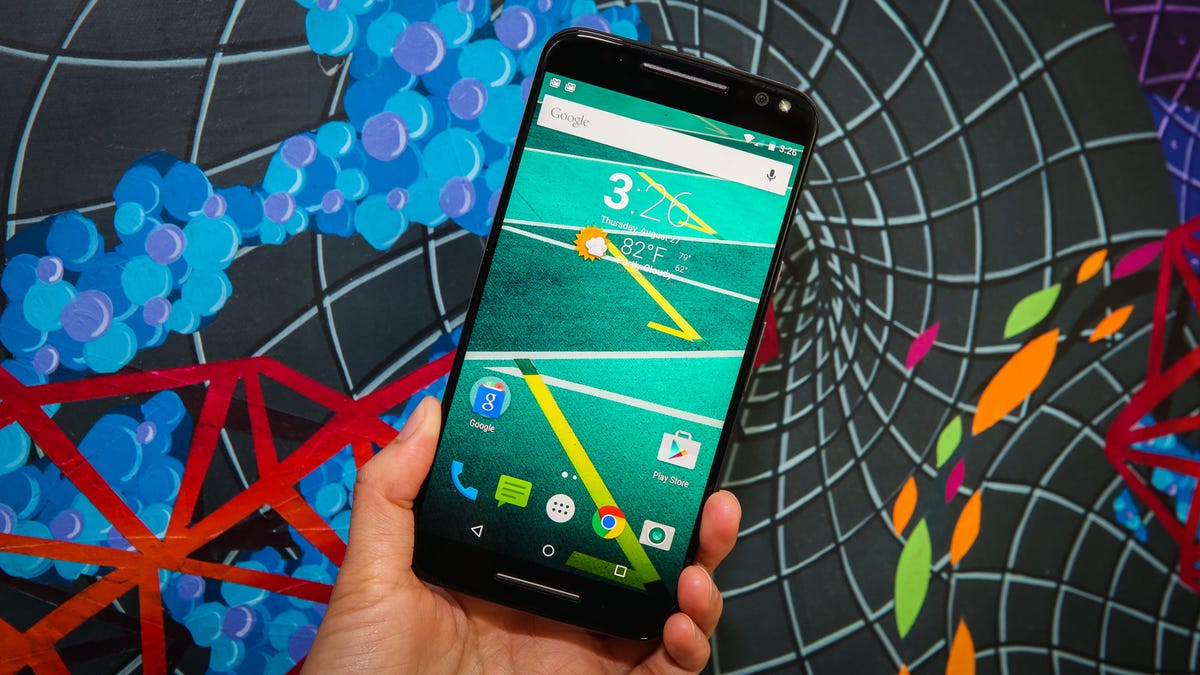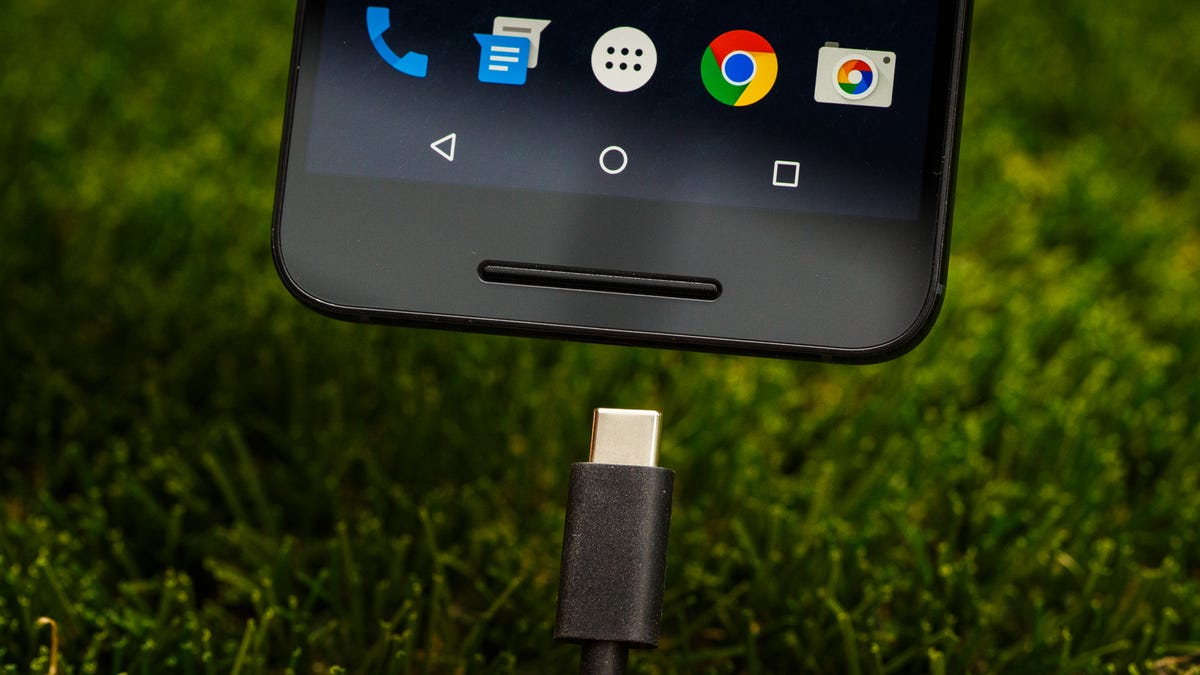Android users are embracing the iPhone. According to Apple CEO Tim Cook, 30 percent of new iPhone buyers had switched from an Android device in the July-to-September 2015 quarter. And this week, Cook reiterated that the trend is accelerating, saying: “We were blown away by the level of Android switchers that we had last quarter [October through December]. It was the highest ever by far.”
As an avid Android user, I had never thought of switching, but was curious why others were jumping ship at higher rates. Was it the larger screens that debuted with the iPhone 6 and 6 Plus, finally bringing the iPhone to parity with Android phablets? Perhaps frustration over the lack of Android software updates?
I decided it was time to try iOS for myself. I removed the SIM card from my Moto X Pure and popped it into a brand-new iPhone 6S. I’ve used an iPhone on a few occasions for work purposes, but this would be the first time I was using an iPhone (albeit a temporary loaner) as my personal phone. That means not carrying my Android device with me for two months, which included a hectic week in Las Vegas for the CES trade show.

I switched from the Moto X Pure to the iPhone 6S for two months.
Josh Miller/CNET
I’ll state one obvious thing right up front: both Android and iOS, at this point, are very mature operating systems. They’re also, at this point, more similar than different from each other. And while I was moving from one high-end phone to another, I was focusing on software differences, not so much hardware ones, although I’ve included some below.
That said, here were the things that I noticed most when I went from Android to iOS.
Where Apple wins
Timely software updates
I started using the iPhone in early December and since then received two software updates (iOS 9.2 and iOS 9.2.1) with a third set to arrive shortly (iOS 9.3). And these software updates are available around the world, simultaneously, to all supported iPhones regardless of wireless carrier. As a result, iOS 9 is running on more than 75 percent of all iOS devices, which includes iPhones, iPads and iPod Touches, according to Apple’s App Store Distribution page. Even more impressive, the company is still updating the iPhone 4S, which was released back in 2011.


Apple is still updating the iPhone 4S, which was released back in 2011.
James Martin/CNET
For Google’s operating system, the situation couldn’t be more different. The latest operating system, Android 6.0 Marshmallow, was released in late September and is found on less than 1 percent of Android devices. (You can thank the large number of Android hardware partners — and their insistence on customizing the OS — for that, but it’s still frustrating for the user.) Bottom line: Unless you are on one of Google’s Nexus devices, you rarely receive software updates on Android.
That’s not the case for Apple.
Apps still come to iOS first
It’s not nearly as bad as it used to be, but developers still tend to develop apps for iOS first. The live-streaming app Periscope was available on iOS two months before Android. Facebook’s Paper app and new Sports Stadium are only available for the iPhone, as is the the NYT Now app. Periscope’s new GoPro compatibility can only broadcast from iPhones for now as well. And the list goes on.
Touch ID is incredibly fast
I’ve used fingerprint sensors before, but Touch ID feels faster than the rest. I rarely saw the lock screen. A simple press on the home button would turn my screen on and unlock it within seconds. I also found Touch ID to be more reliable than others I have used, such as the one of the Nexus 6P and Samsung Galaxy S6.


Sarah Tew/CNET
Where Android still wins
Fast charging
I had to charge the iPhone at least once, sometimes twice during the work day. I’ve come to expect this with many smartphones, but charging the iPhone can be a real pain. It takes over 2 1/2 hours to go from zero to full.
A majority of recent high-end Android devices include a quick-charging feature. I could get about 8 hours of power from a 15-minute charge on my Moto X Pure. The huge market for iPhone battery packs and charging accessories shows that battery life remains a challenge for iPhone users.


Many recent high-end Android smartphones include a fast-charge feature.
Josh Miller/CNET
Front-facing speakers
The Moto X Pure is one of a handful of Android devices that include front-facing speakers — a feature I desperately missed. The iPhone speakers sound clear, but they just don’t seem to get loud enough. I like to listen to music when I take showers. The speakers on the Moto X were able to get loud enough to overcome the sound of the water, but this wasn’t the case for the iPhone. I ended up having to pair it to a Bluetooth speaker to get my morning music fix.
OS-level Google integration
It’s scary how much I rely on Google for both work and personal use. While the search giant has all of its essential services on iOS, I miss how everything was integrated with Android. The Google Now home screen on my Moto X Pure provided me with all the essential information I needed — traffic information for my commute home, package tracking, stock information, suggested articles based on my interest, and more.


Juan Garzón/CNET
Freedom, efficiency and customization
Android gives users freedom over almost every part of the operating system. You can change texting apps, the look of icons, the default Web browser, and more. While iOS lets you choose from a variety of third-party keyboards, you can’t set any apps to be used by default.
I also noticed that actions on iOS tended to require extra steps. For example, on Android I can choose to connect to a specific Wi-Fi network in the notifications pull-down. While iOS will let you toggle Wi-Fi on and off through the Control Center (the menu that appears when you swipe up on the home screen), you have to go into the Settings app and click Wi-Fi to choose a specific network.
The upcoming iOS 9.3 update will let you 3D Touch the Settings app to jump directly into the Wi-Fi settings, but it’s still not as quick as pulling down the notifications menu.
And the winner is…


Juan Garzón/CNET
Overall my experience was enjoyable. The iPhone 6S is a great phone, and I recommend it to almost everyone. The camera is top-notch, the phone runs smoothly and the operating system is easy to navigate.
But in the end I won’t be sticking with it. Android is more of a natural fit for me. I’m more efficient on my Android device and I love the deep Google integration. I also like that I can make my device look and feel unique with custom icons, launchers, widgets and home screens.
At least, that’s the case for now. Let’s see what Google and Apple have on deck for 2016.



